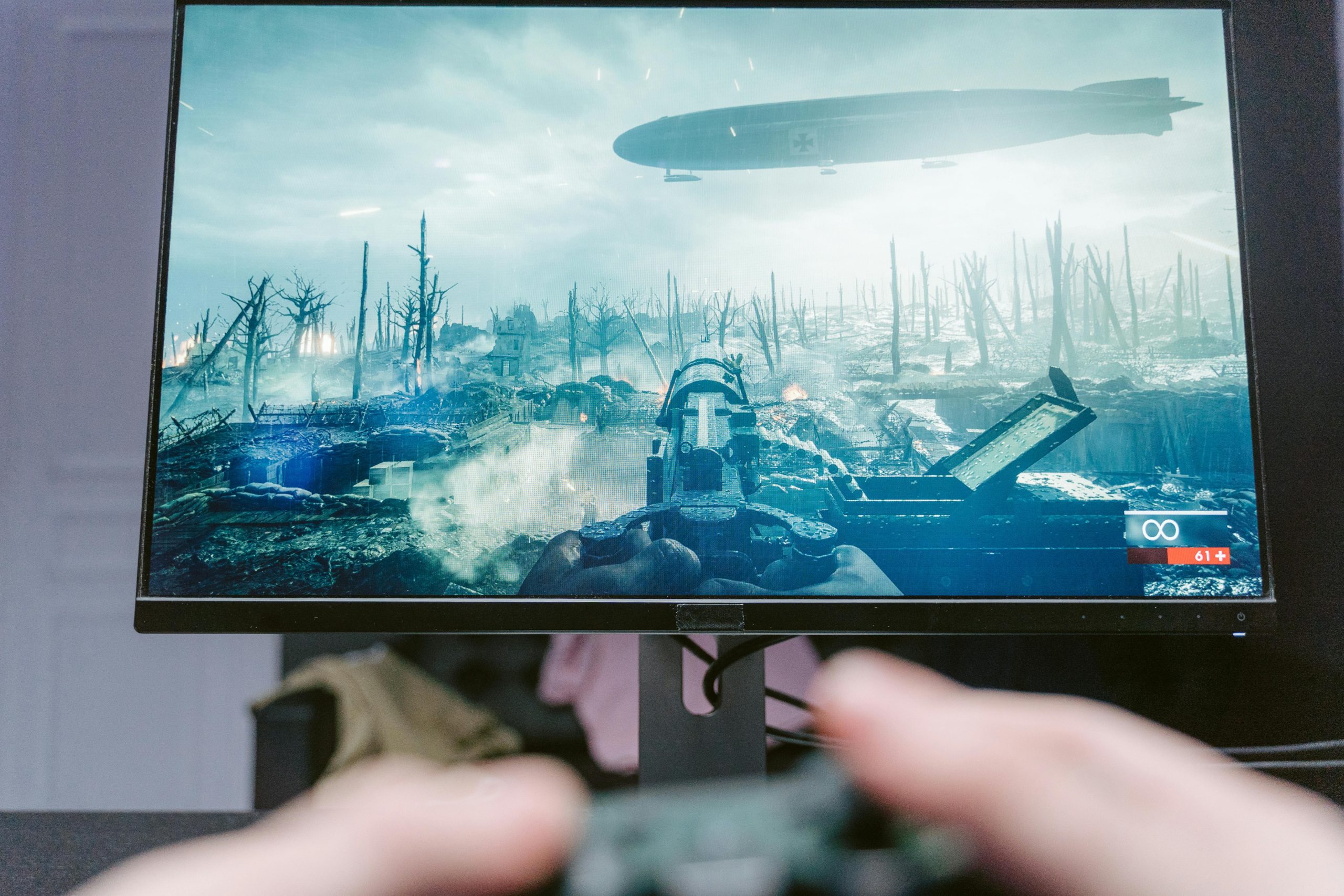Understanding BIOS Security Features and Troubleshooting Screen Display Issues on Your Gaming PC
Introduction
Many gaming enthusiasts and PC builders experiment with BIOS settings to optimize performance, enable security features, or troubleshoot issues. Enabling Secure Boot and UEFI are common steps for enhancing system security and compatibility, especially with modern hardware and software. However, modifying BIOS settings without proper knowledge can sometimes lead to boot or display problems, as experienced by users. This article explores the potential causes of such issues, focusing on common scenarios, and provides guidance on troubleshooting steps to restore system functionality.
Scenario Overview
A user attempted to enable Secure Boot and UEFI mode on their gaming PC, which includes components such as an Intel Core i5-12400F CPU, a PNY RTX 4060 GPU, 32GB DDR4 RAM, and a GIGABYTE Z790 S WIFI motherboard. During the process, the user encountered difficulties with the display not showing any output after BIOS modifications. Despite multiple BIOS resets, including power cycling and removing the CMOS battery, the problem persisted, accompanied by a red warning light next to the battery.
Understanding BIOS Security and Boot Settings
Secure Boot and UEFI are BIOS/firmware features designed to enhance system security and facilitate modern boot processes:
-
Secure Boot ensures that only trusted operating systems or bootloaders can start during system startup, helping prevent unauthorized firmware or malware from executing.
-
UEFI (Unified Extensible Firmware Interface) replaces traditional BIOS, offering faster boot times, support for larger drives, and a more graphical interface.
Modifying these settings might require specific configurations or additional steps, depending on your hardware and firmware version.
Common Causes of Display Issues After BIOS Changes
-
Incorrect BIOS Configuration: Enabling Secure Boot and changing boot modes without proper preparation can prevent the system from displaying output, especially if the graphics output is set incorrectly or if the boot mode conflicts with the installed OS.
-
Firmware Glitches: BIOS/UEFI updates or changes can sometimes cause the firmware to become unstable or misconfigured.
-
Hardware Compatibility Issues: Certain hardware components may not support Secure Boot or UEFI, leading to boot failures or black screens.
-
Failed BIOS Reset: Power cycling and battery removal typically reset BIOS settings, but some configurations may need specific procedures or BIOS recovery modes.
Troubleshooting Steps
If you encounter a black or no-display issue after modifying BIOS settings, consider the following steps:
- **Perform a Clear CMOS
Share this content:



